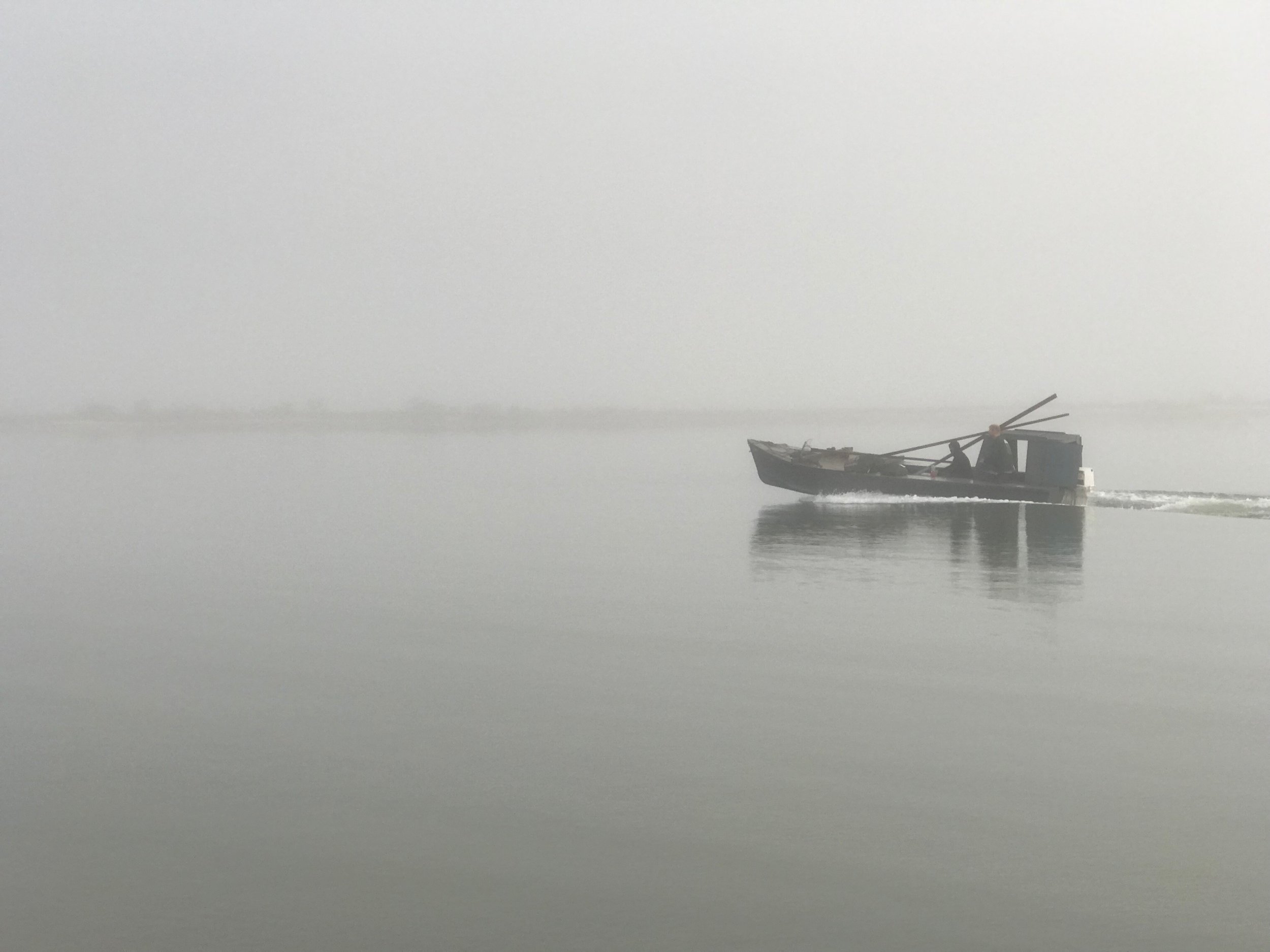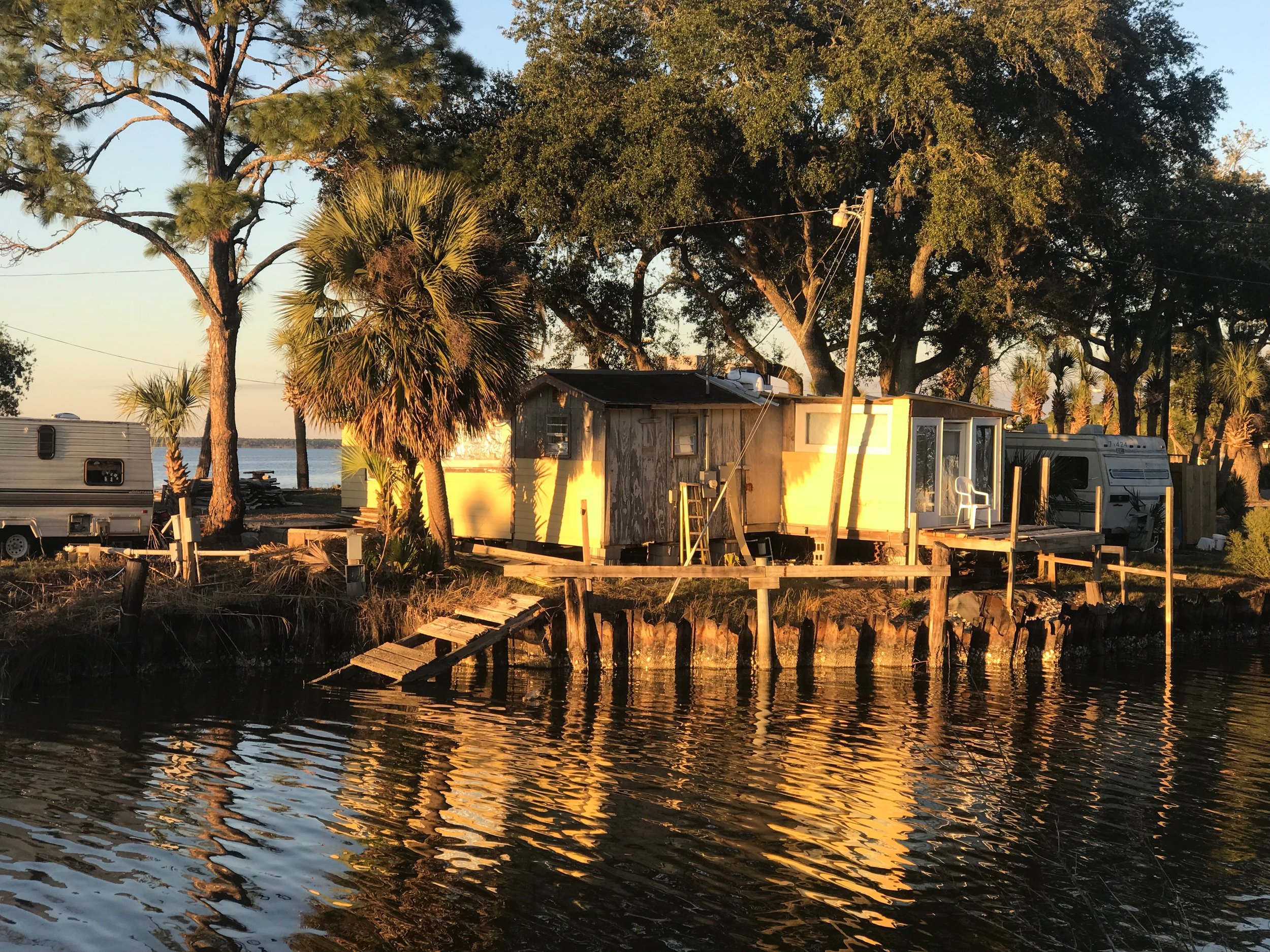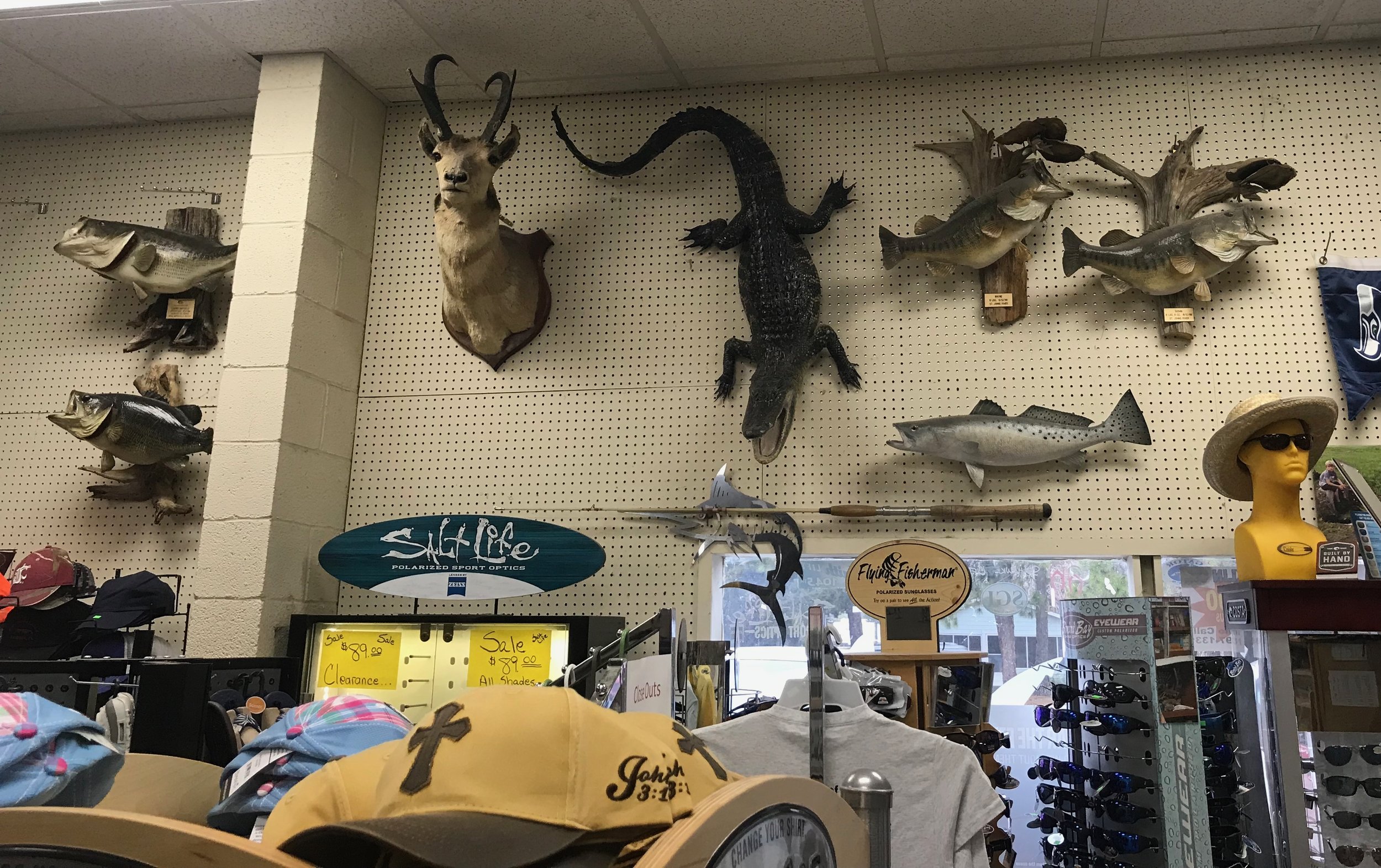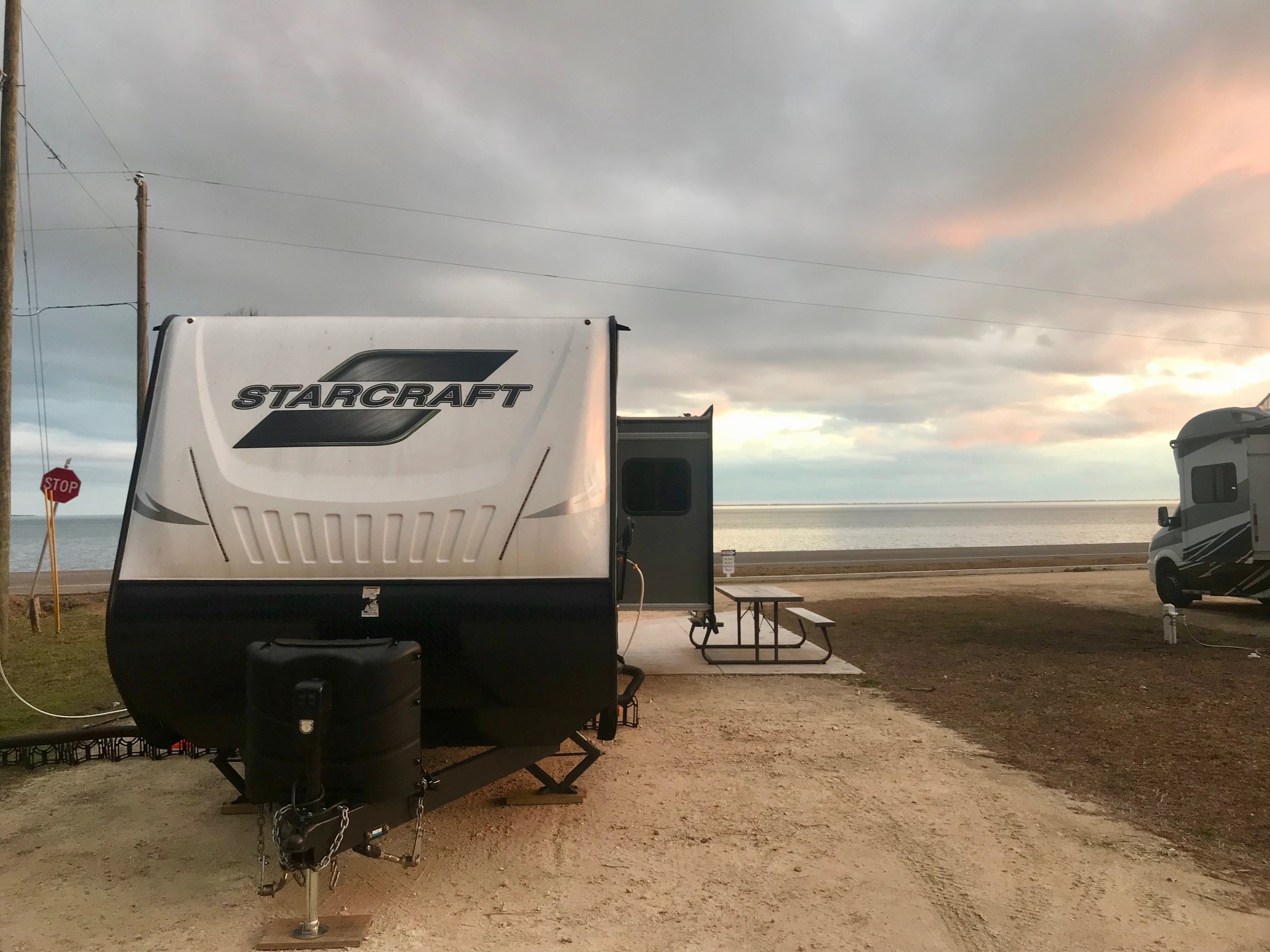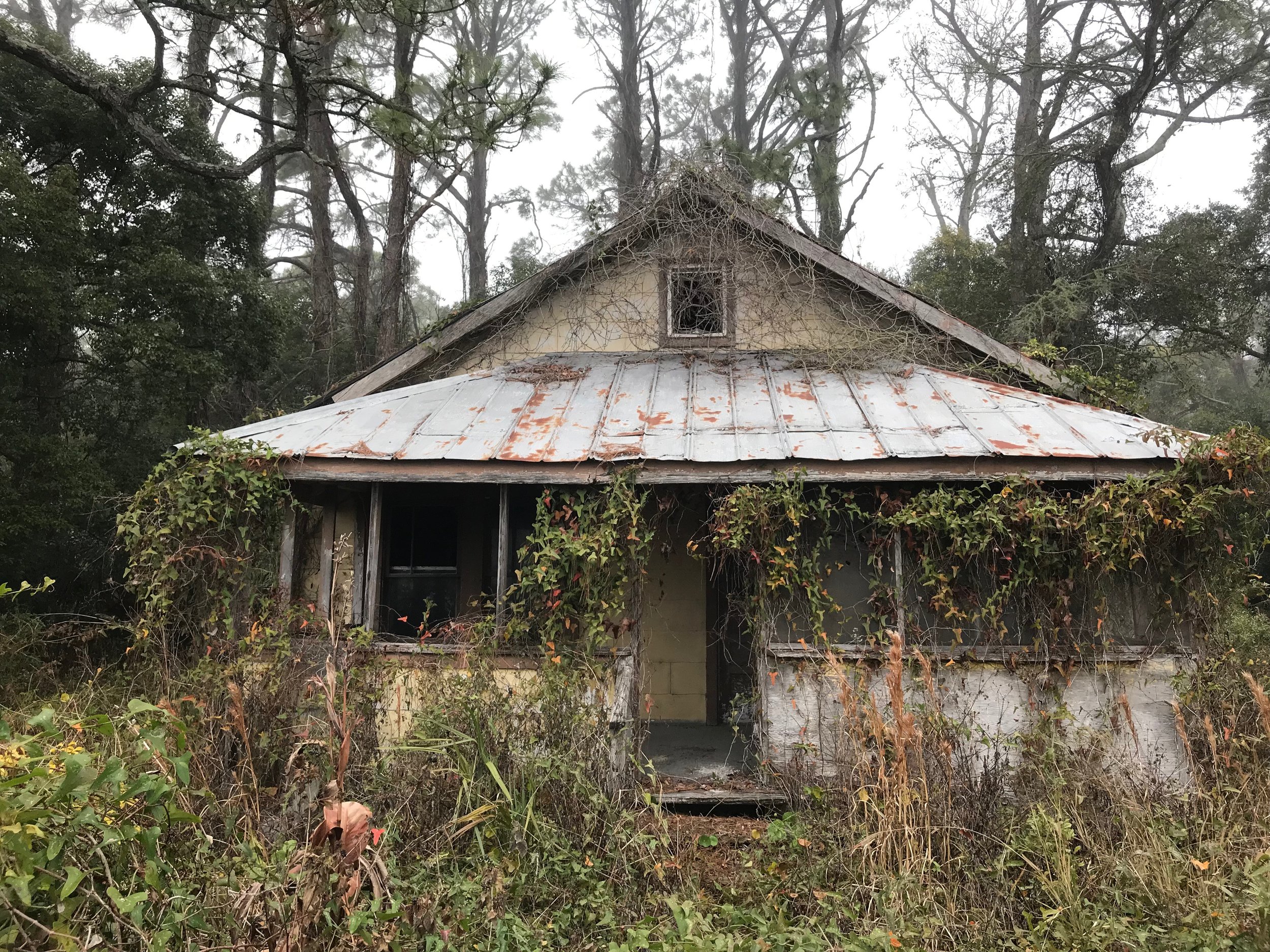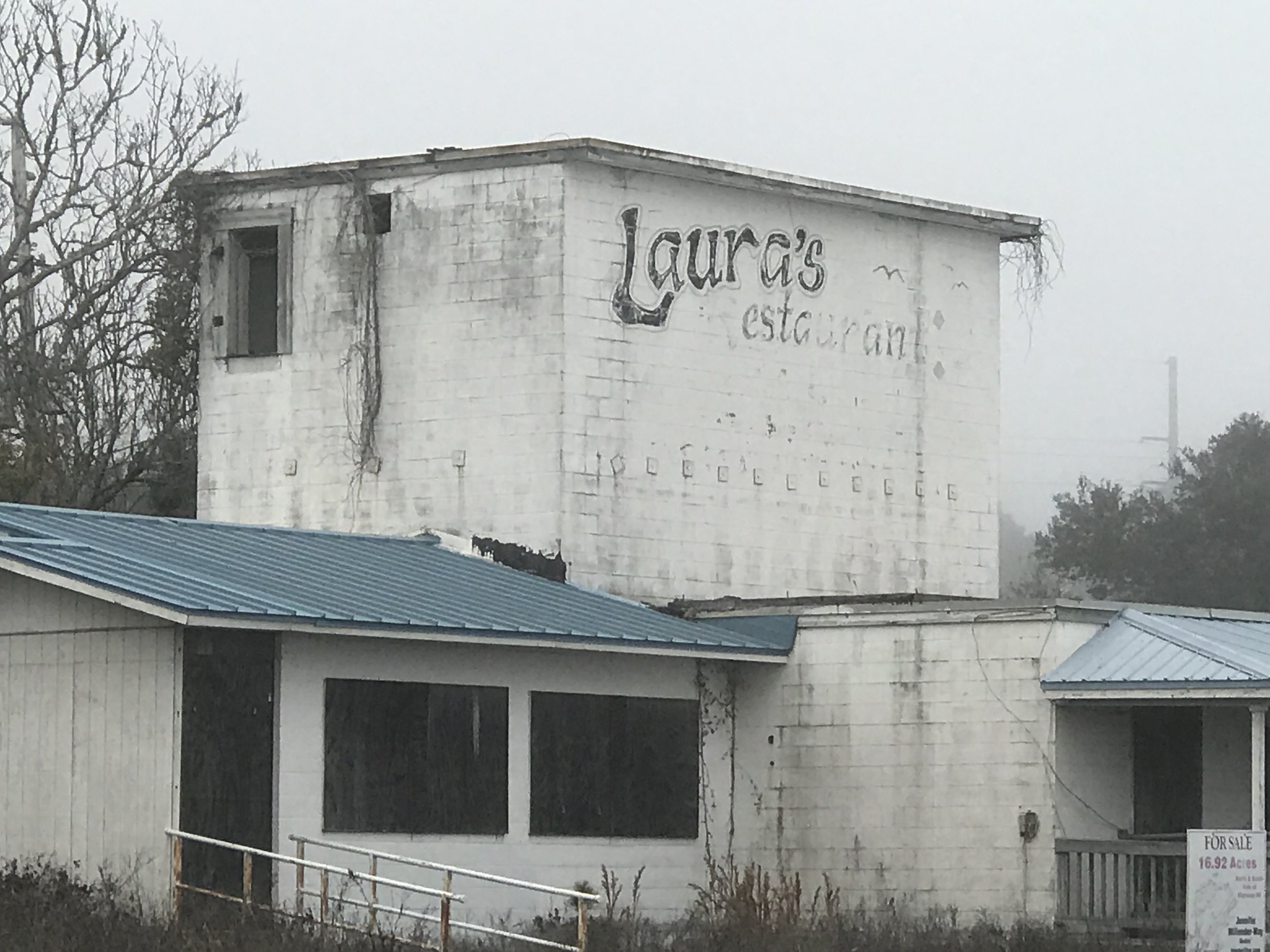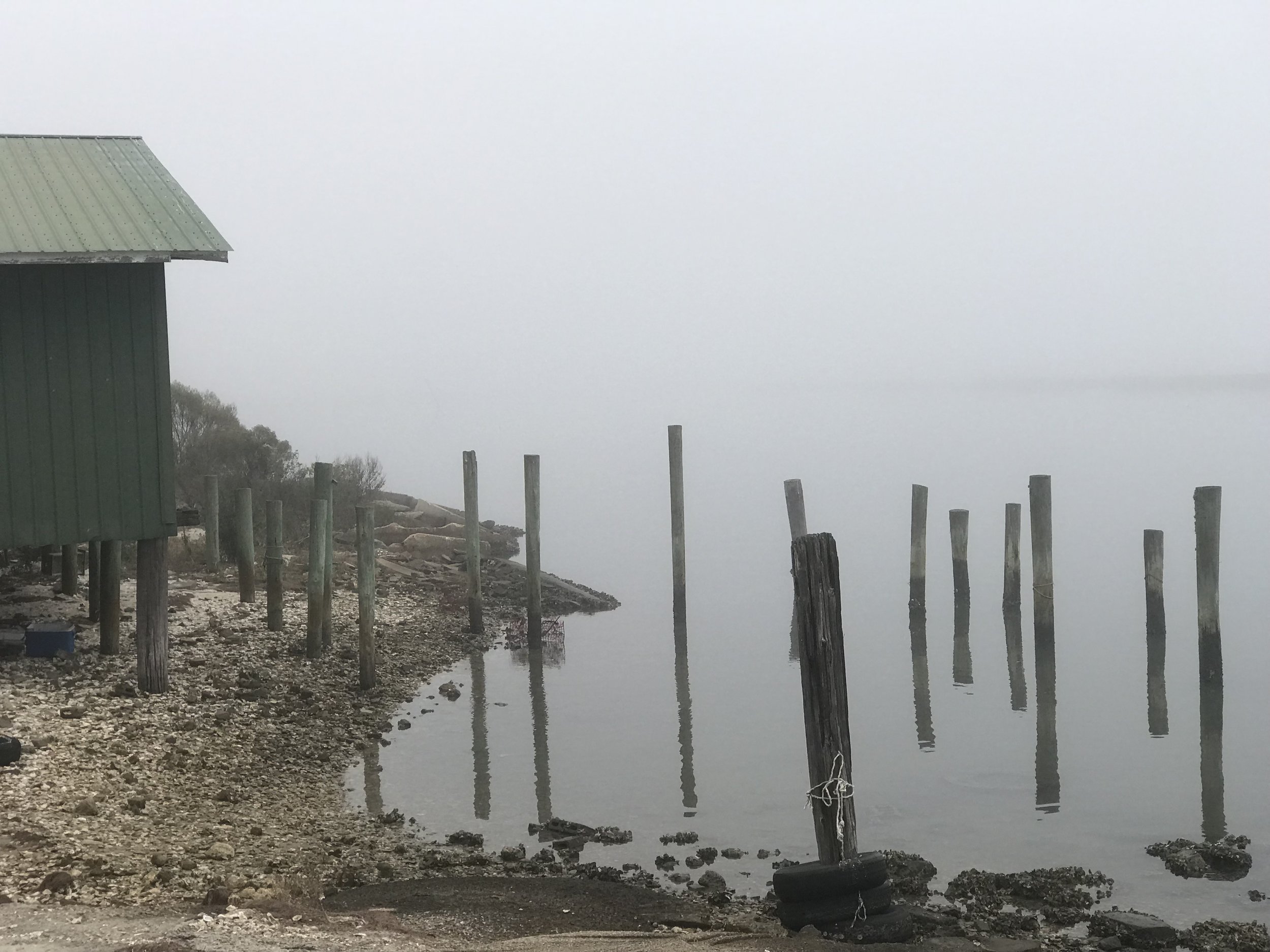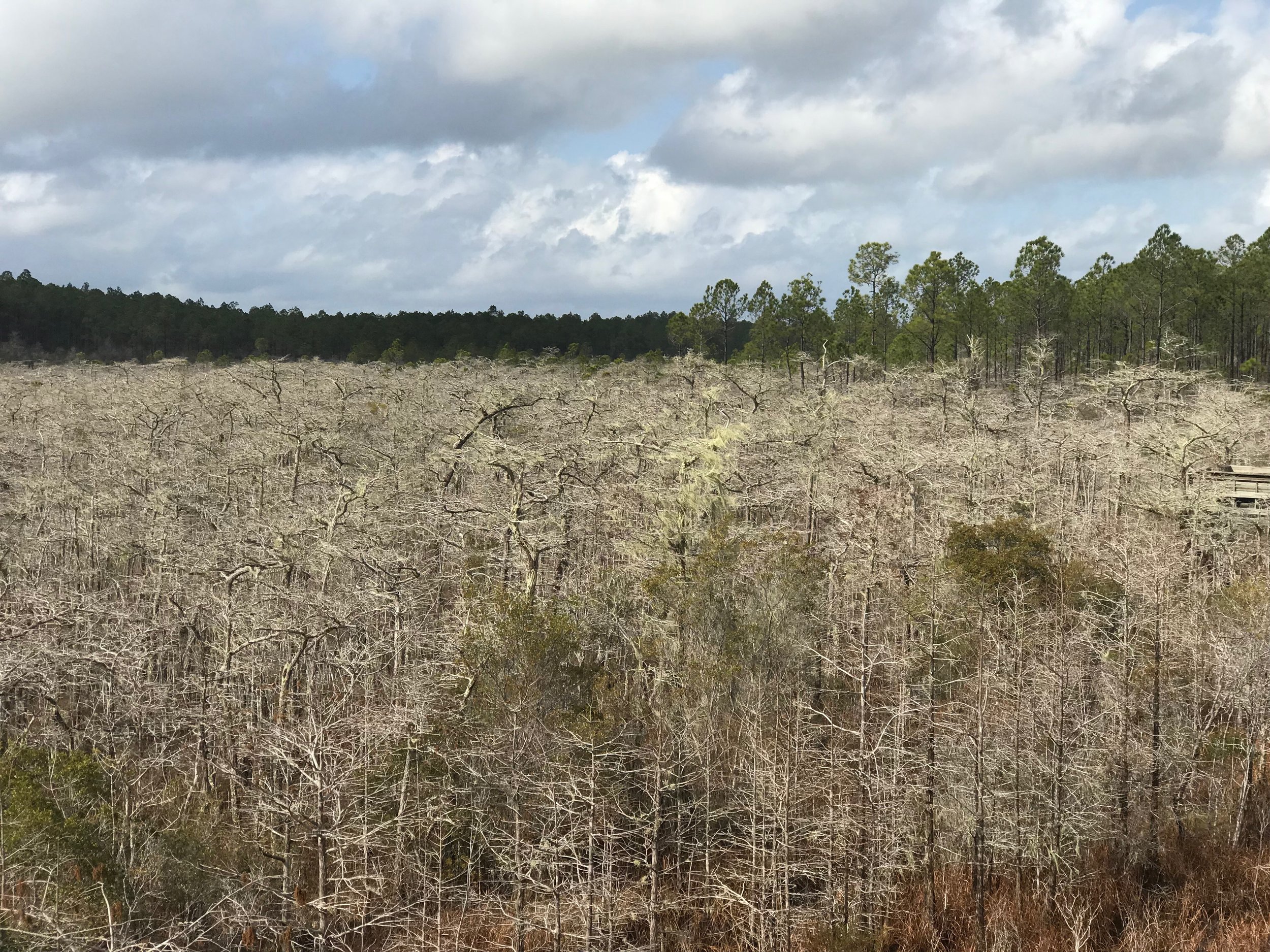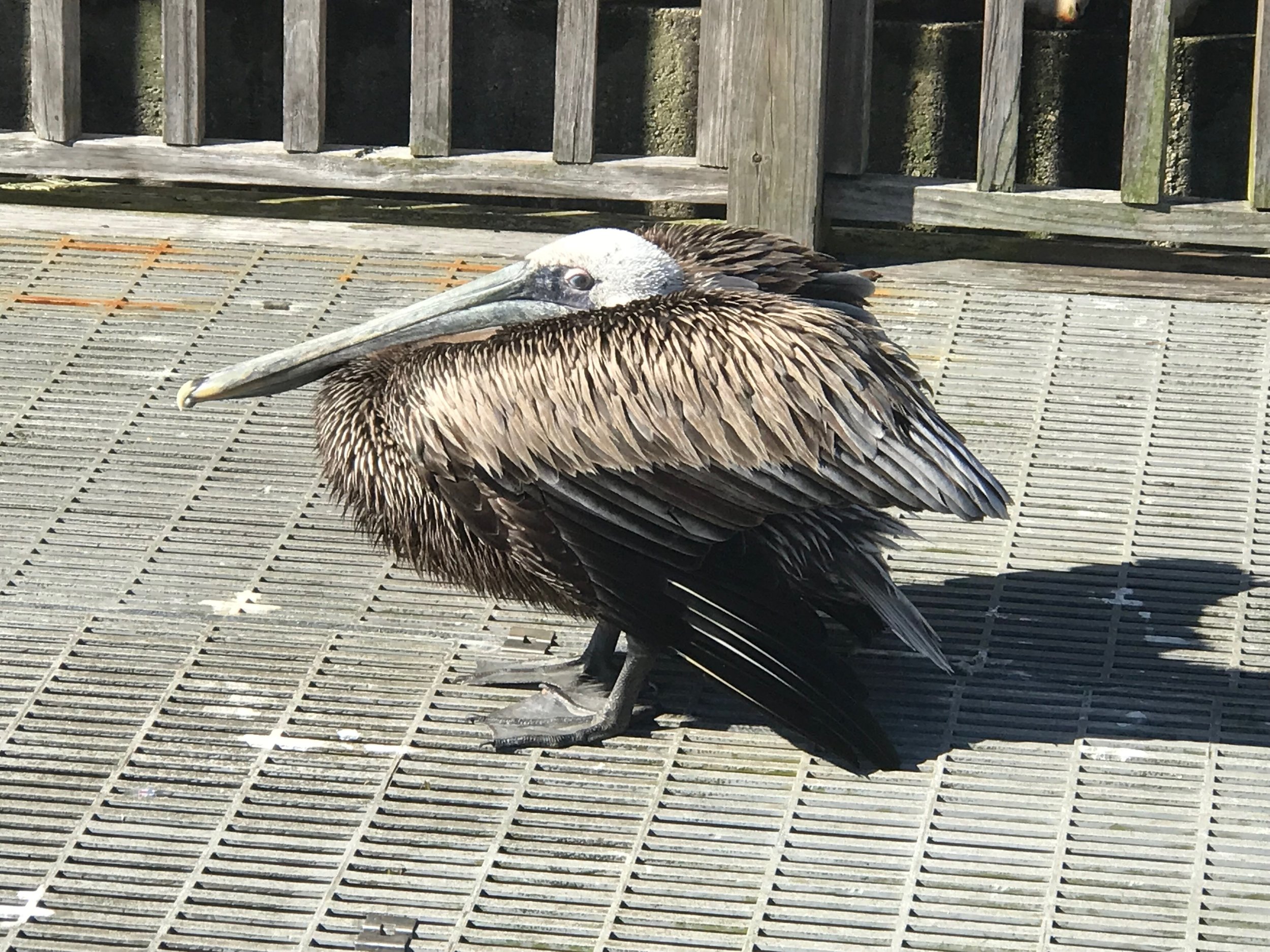Remembering the Forgotten Coast
By Rick Holmes
Oct. 26, 2018
They call it the Forgotten Coast, and the name seems appropriate for a stretch of sand that seems to have been passed over by Florida’s development.
It isn’t cosmopolitan Miami, glitzy Fort Lauderdale or sprawling Tampa-St. Petersburg. It isn’t glamorous Florida or Disneyfied Florida. It’s old Florida, with a musty charm and little pretense. It’s got white sand beaches, excellent seafood restaurants, affordable prices. It’s a nice place to visit, uncrowded and welcoming, or at least it was when I passed through last January.
It’s a different story since Hurricane Michael visited October 10. But first let’s remember the communities before they were crushed by America’s latest natural disaster.
The eastern part of the Forgotten Coast is more quiet and less crowded than the area around Panama City. Carrabelle, which was all but wiped out by a Category 2 hurricane back in 1899, is something of an artist’s colony, though not a prosperous one. Its museum features tributes to Buck O’Neil, a star, coach and chronicler of the Negro baseball leagues.
Apalachicola, a few miles west, was the third busiest port on the Gulf of Mexico, back before the Civil War. Its most famous native is John Gorrie, a 19th century physician credited with inventing the technology that changed the South forever: air conditioning. Tupelo trees are common along the Apalachicola River. With help from the local bees, they produce sweet Tupelo Honey. You may know the song, but wait till you taste the honey.
We stayed in Eastpoint, parking our trailer just across Route 98 from the Gulf of Mexico. I’m sure the folks in the RV park had no problem driving their rigs inland when Michael came roaring up from the south. But I saw plenty of trailers where year-round residents were living that weren’t capable of moving anywhere. So much had to be left behind. So much was lost forever.
There’s tourism in these towns, especially in the summer, when families come from other parts of the South in search of ocean breezes. There’s logging in Tate’s Hell State Forest, a huge swamp that was carved up, drained and planted with neat rows of scratch pine. Trucks laden with logs are a common sight on Route 98.
In Apalachicola and Eastpoint, it’s all about oysters. Ten percent of the nation’s commercial oysters come from Apalachicola Bay. Oystermen go out daily in small boats, wielding tongs with 14-foot long handles. They use the tongs to dig into the sandy bottom of the bay and scoop oysters into the boat, which are then measured, with the ones under a certain size returned immediately to the sea. It reminds me of lobster-fishing in Maine, in that it is labor-intensive work no one has yet figured how to industrialize.
But these were hard times for the oystermen even before the hurricane. The Deepwater Horizon and Taylor oil spills took a heavy toll. The taming of the Tate’s Hell swamp disrupted the flow of fresh water into Apalachicola Bay. Atlanta and other cities keep taking more water from the Apalachicola, hurting the oyster beds downstream. There’s been over-fishing as well, a common ailment of America’s fishing towns.
Then came Michael, with winds strong enough to blow down cinderblock walls. The hurricane knocked down almost every building in Mexico Beach, an hour west of Apalachicola. The News-Herald reports that Panama City has lost 95 percent of its trees. Surveying the ruins of the Apalachicola seafood company his family has operated for 100 years, Tommy Ward was despondent.
“My way of life’s been gone for a few years,” Ward told USA Today. “This just put the damn icing on the cake.”
The national media spotlight shined briefly on the Forgotten Coast and moved on. But the struggles of the people continue. Some are still told to boil water before drinking it. Buildings that survived the storm surge are being eaten by mold. There was a housing shortage before the storm; it’s now a crisis for thousands of families.
There’s not a lot of money on the Forgotten Coast. Median household income in Apalachicola and Carrabelle is $23,000 a year, less than 40 percent of the national figure. Most people can’t afford to build homes that can survive the next Category 4 hurricane. For now, they’re just trying to make it to next week.
There’s always another disaster clamoring for our attention. This corner of Florida is a place most Americans had never heard of before Hurricane Michael came along. Most still couldn’t find it on a map. But I remember fondly the Forgotten Coast, and I hope others will as well.
Rick Holmes can be reached at rick@rickholmes.net. You can follow his journey at www.rickholmes.net. Like him on Facebook at Holmes & Co, on follow him on Twitter @HolmesAndCo.
